
99 Islands and Sasebo
99 Islands and a Mouthful of History in Sasebo
If your hobby happens to be hiding and hunting for treasures at sea, Kujukushima is a pirate’s paradise. Literally, kujukushima means “99 islands”. Figuratively, it means “too many islands to count”. Although in 2001 somebody finally did count them, so according to citizen science, there are 208 discrete islands at high tide. Among these, only four are inhabited by humans, so that gives you plenty of room to play around the other 204 islets.
There’s just one catch, however. This labyrinthine archipelago, which contains the highest density of islands in Japan, is entirely protected as part of Saikai National Park since 1955. This means that Kujukushima’s 25 square kilometers of marine park stretching out from the sawtoothed coastline of Sasebo in Nagasaki prefecture are strictly off-limits to pirates, and to any rogue seafarers in general.
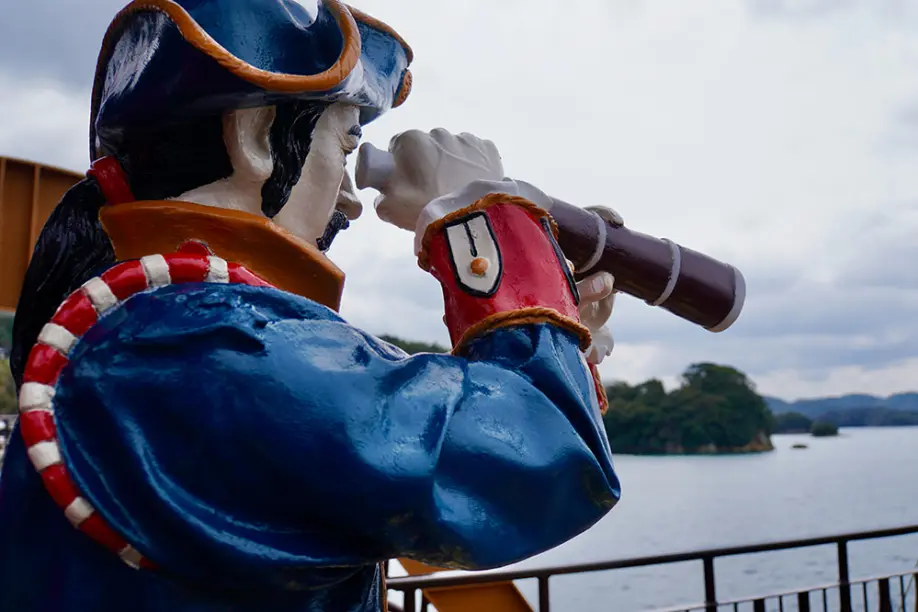
On the other hand, viewing the islands up close from the sea is accessible to tourists, as long as you buy a ticket. For an immersive experience of Kujukushima, you can choose to venture out by kayak, yacht, or cruise boat. I climbed aboard the bright red Pirate Pleasure Ship Mirai, where I could play pirate to my heart’s content and leave the navigation to the crew.

Mirai is shaped like a pirate’s hat, the better to maneuver through narrow passageways between the islands. The two enclosed lower levels are comfortably sheltered from the wind and the waves, but I spent most of my time on the open upper deck, alternating views from one of the three crow’s nests. I saluted the life-size model captain figure forever looking toward the future through his spyglass. This colorful eco-friendly ship is the first cruise boat to be powered by electric propulsion, and can take up to 200 people on a 50-minute tour of southern Kujukushima’s most iconic islands.

Many of the islands are named for their figurative rock formations when viewed from certain angles. My favorite is Yoko-shima, for its unmistakable shape of a lion (or a sphinx) resting on the water with extended forepaws and tail. Tiny Kurakake-jima is the “saddle” island; the larger Makura-jima is named after the legendary Empress Jingu’s wooden pillow, which a storm tossed out to sea. Another favorite is Ojikase, suggestive of a submarine hovering just under the water’s surface, crowned with two distinct black pine trees.
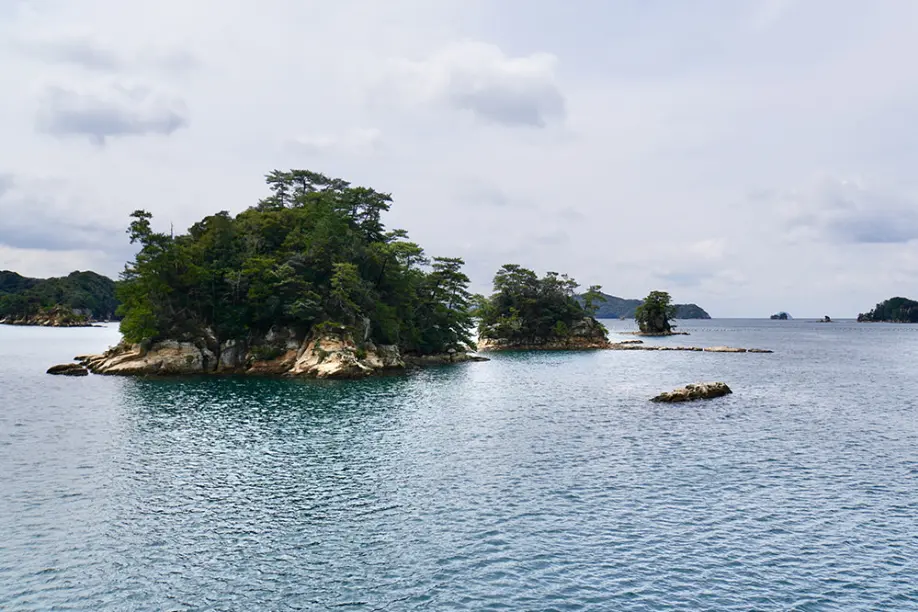
Each island has a unique characteristic, if not a defining feature. Ware-shima is so-named because it apparently split in half, while the typical Fukashiro-jima consists of two connected islands (Obuka and Kobuka), one bigger and one smaller. Kuroko-jima is both a single island at low tide and an evergreen-tufted trio of islets at high tide. Gatagan is named for its dry lagoon at low tide. Matsura-jima is known for its deep coves. Kanashige-jima is recognizable by its rough sheer cliff face on one side and sandy beach on another. Moro-shima appears to have a komainu dog ensconced on its rocky shore, as if guarding the entrance to the neighboring island of Nagahae-jima, which is fronted by a craggy senjojiki (1,000 piled tatami mats) rock formation.

On the way back, in the distance I could see the 138-meter-high peak of Bandake on the “high island” of Taka-shima, which has about 250 inhabitants. Further out is the “black island” of Kuro-shima, the largest in Kujukushima at 5.3 km², with about 650 inhabitants who are mostly the descendants of Catholics who hid there to escape persecution during the Edo period.

What’s most fascinating about Kujukushima is how dramatically the scenery changes according to the season or time of day (sunset cruises are also available), weather conditions, at high or low tide, when seen from the sea or from above and afar. When I boarded, the sky was forebodingly overcast, but the clouds soon cleared, letting the sunshine illuminate the islands with a generous glow. Meanwhile, the ship’s recorded commentary in both Japanese and English allowed us to simply have fun identifying the various islands we passed as we enjoyed the view.

Next time, I hope to encounter the nativewildlife and flora that live in the dense green forests and waters surrounding the islands. (The Kujukushima Aquarium UmiKirara is also right next to the cruise boat terminal.) The bay is known for its resident white dolphins, but I was happy to spot a blue heron flying by overhead.
After driving past the U.S. Navy Base and seeing the intimidating fleet of military battleships docked in the shipyard on the way to Kujukushima, it’s hard to imagine that this port city of Sasebo was once a humble fishing village. It wasn’t until the Meiji period that the Admiral of the Imperial Japanese Navy, Heihachiro Togo, recognized the harbor’s strategic location and took the initiative to found the Sasebo Naval District in 1889. It served as a major base for the Japanese Navy until the end of World War II, when the United States Navy took over part of the base and formed the U.S. Fleet Activities Sasebo in 1946.
By the early 1950s, more than a few local restaurateurs were successfully adapting their menu offerings to suit American cravings for good old-fashioned hamburgers. Soon enough, Japanese people also took a liking to the delicacy, and the burgers evolved into a local specialty. Thus, long before McDonald’s first came to Japan in 1971, the Sasebo Burger was born.

Today, a couple dozen of these local hamburger joints can be found around the city, each offering their own take on the iconic Sasebo Burger. Almost all of them cater directly to Japanese customers, with menus in katakana, the Sasebo Burger Boy mascot, and homemade recipes for the soft, fluffy single-patty gourmet burgers that can be digested in one sitting by the average flexitarian.
I went to Sasebo Burger Honten, just a short drive up the mountain from Kujukushima, near the Funakoshi Observatory. The “Burger Museum” is perched on a hillside just above Kujukushima Bay, the perfect setting for a post-cruise lunch. The inside of the restaurant is decorated with vintage U.S. road signs, license plates, and other retro paraphernalia, but that day all the other customers were seated next to the large windows on the sheltered terrace.

From an extensive menu of variations, I ordered the ABC burger, which featured avocado, bacon, and cheese, in addition to the standard Japanese beef patty, fried egg, fresh lettuce and tomato, homemade tomato sauce, and seasoned mayonnaise, all carefully arranged between two lightly toasted, brioche-like buns. As the weather was still warm with clear skies and no more than a gentle breeze on the hill, I chose to sit outside with the open view. The staff warned me to beware of black kites that swoop down to steal your meal.

As soon as I took my first bite of the much-anticipated Sasebo Burger, all its savory ingredients melted together in my mouth in a swirl of sweet nostalgia. This local burger certainly lived up to its promise, was just as satisfying as it was gratifying, after more than half a century of a peaceful American presence in Sasebo among evolving Japanese tastes. Sitting outside on the peaceful hill, contemplating yet another magnificent view of Kujukushima from above, savoring each mouthful of this gourmet treat, I thought, this moment alone was well worth the trip—and not a single black kite pirate in sight!
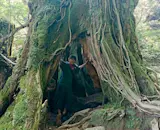
Cherise Fong
Originally from San Francisco, I arrived in Tokyo with my bike and my backpack one rainy day in summer. Since then, I travel through the archipelago by bicycle, train and boat, often to the rhythm of taiko and shinobue, always looking for new paths and unique perspectives.
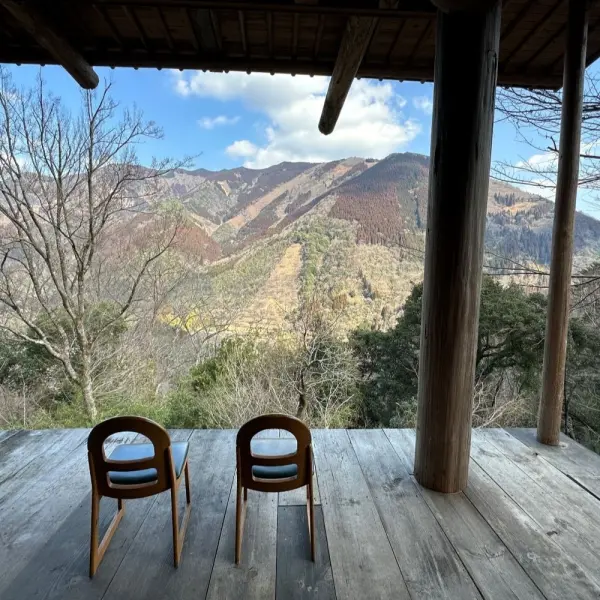 Traditional Life in Shiiba Village, Kyushu’s Secret Hideaway
Traditional Life in Shiiba Village, Kyushu’s Secret Hideaway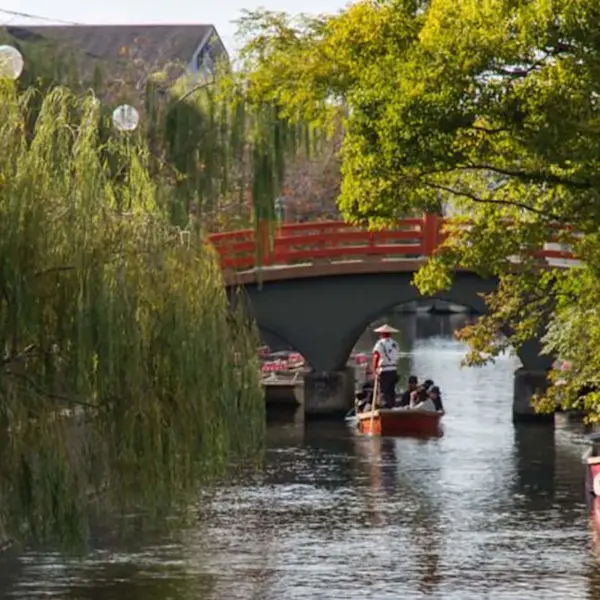 Follow the Canals: The Humble Beauty of Yanagawa
Follow the Canals: The Humble Beauty of Yanagawa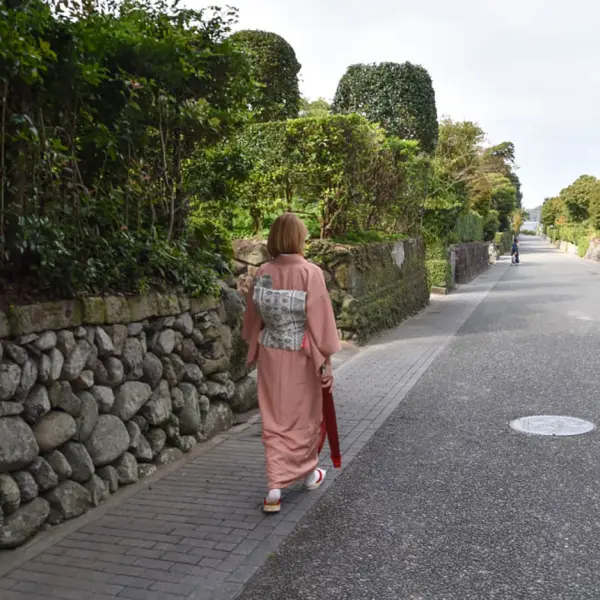 Visit one of Japan's largest samurai residences in Izumi
Visit one of Japan's largest samurai residences in Izumi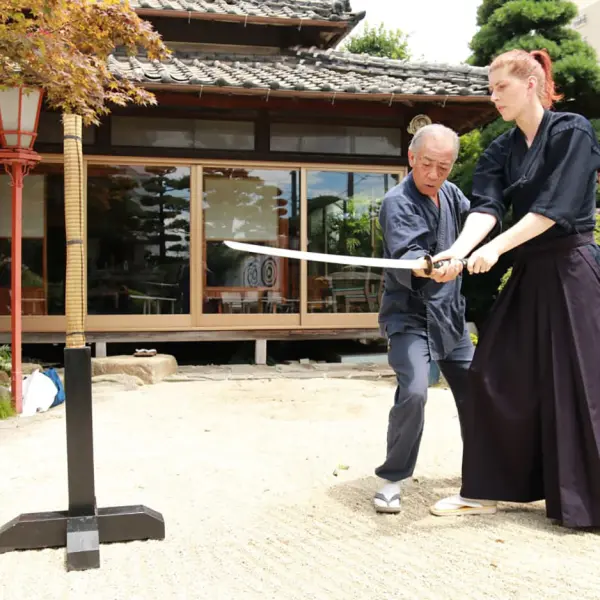 Katana Training & Omuta Exploration
Katana Training & Omuta Exploration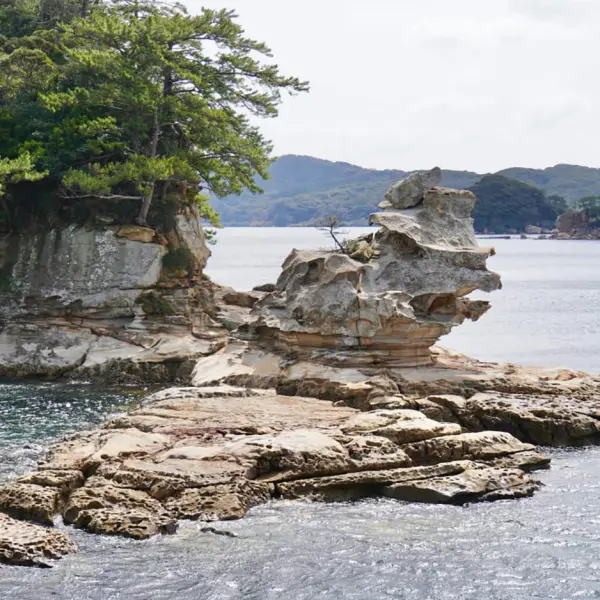 99 Islands and a Mouthful of History in Sasebo
99 Islands and a Mouthful of History in Sasebo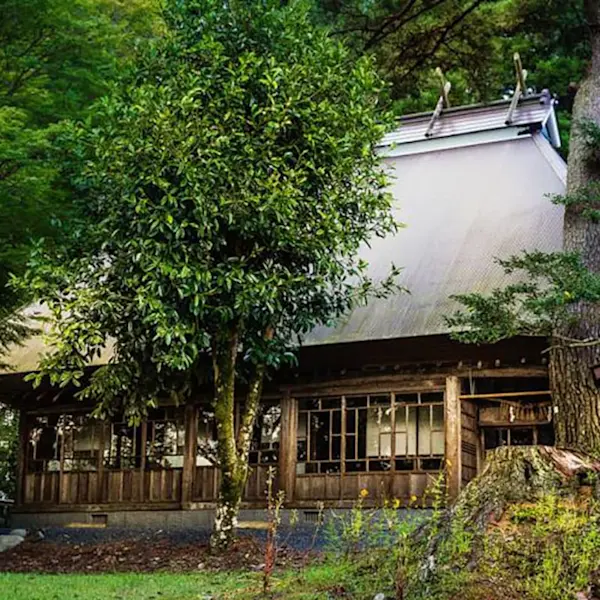 Takachiho: Explorations of a mystical land
Takachiho: Explorations of a mystical land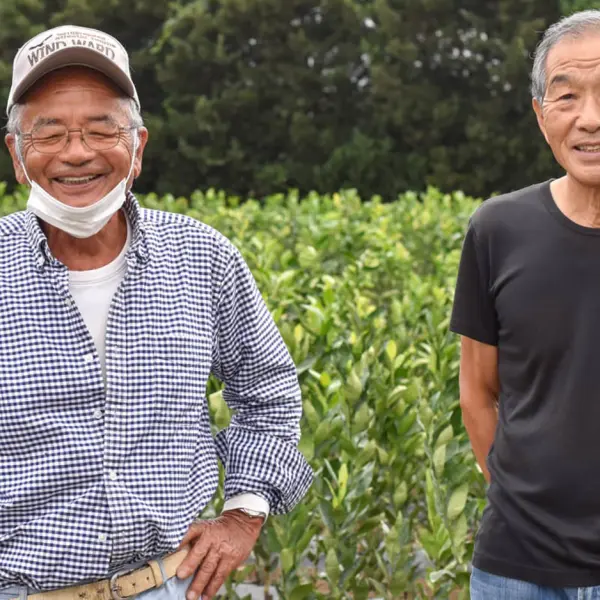 Meet the Locals at a Japan Farm Stay at Kagoshima
Meet the Locals at a Japan Farm Stay at Kagoshima Amami Oshima: Gorgeous island steeped in history
Amami Oshima: Gorgeous island steeped in history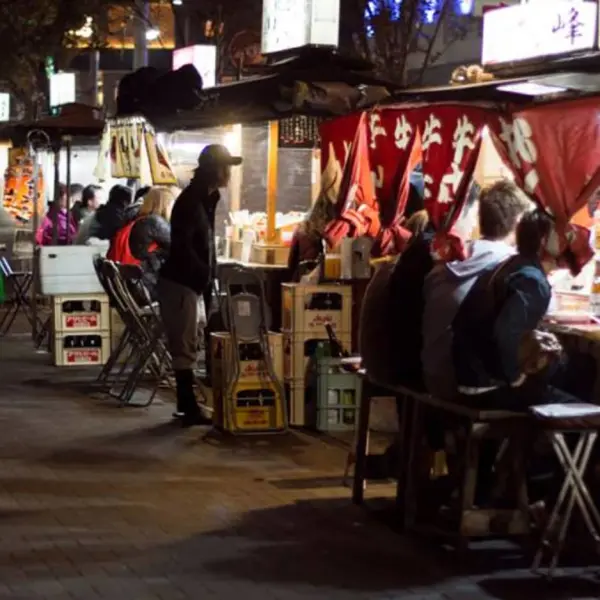 Yatai in Fukuoka: Sitting at the Counter with History
Yatai in Fukuoka: Sitting at the Counter with History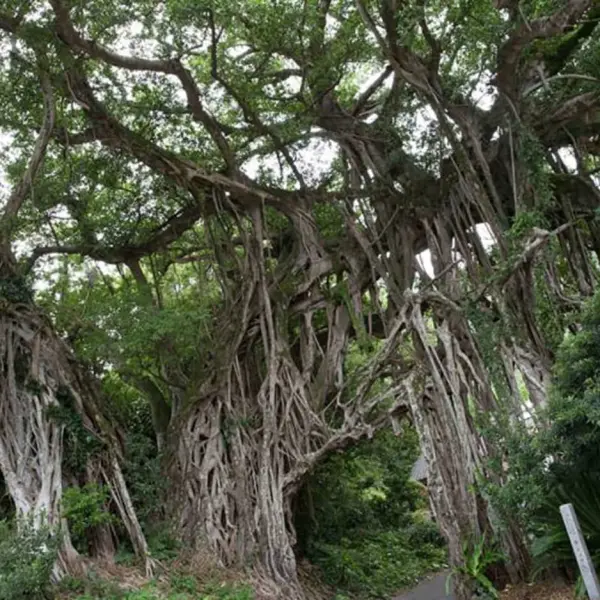 Yakushima: Feeling the Island
Yakushima: Feeling the Island




